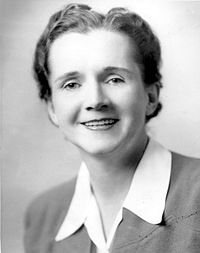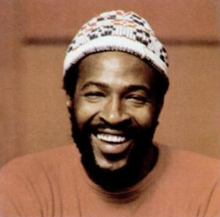
In my work to promote and advance the clean oceans cause, I’m amazed by the visionaries who recognized our pollution problems decades ago—long before environmentalism was a major concern of our people or even our government.
The U.S. Environmental Protection agency wasn’t formed until 1970—six years after marine biologist, ecologist and author Rachel Carson died. Carson is credited by many for lighting the fire that launched the environmental movement of the 1960s, though she often endured ridicule and attack for the ideas and concepts she put forward.
While Carson was indeed a mind ahead of her time, she came along none too soon. Her work, which includes numerous books as well as legislative testimony, raised public consciousness about the environment, and the intricate and delicate balance that exists between our planet and the life that inhabits it. Perhaps her most important work, Silent Spring (1962), warned of the dangers of widespread pesticide use, eventually leading to the ban of the chemical DDT in the U.S. and other countries.
The even bigger message of Silent Spring is a prophecy that we are witnessing today as it comes to fruition: Carson claimed that unbridled abuse of the environment by humans would not go unanswered—that if humans destroy nature, nature will destroy humans. One need look no further than our 24-hour news cycle to find evidence of this prediction unfolding as Carson described. Her book sold more than two million copies.
Carson died of breast cancer in 1964. Her work, among that of others, helped lay the groundwork for formation of the U.S. Environmental Protection Agency and the Environmental Defense Fund. Some environmental groups also trace their purpose and their roots to Carson.

Another visionary whose big-picture ideas were ahead of his time used music to reach the masses. Forty-five years ago this month, in 1971, Marvin Gaye released his self-produced protest album, What’s Going On. The album includes the song Mercy, Mercy Me. Four and a half decades later, the lyrics are no less relevant than they were the first time they were uttered:
Oh, mercy, mercy me
Ah things ain’t what they used to be, no no
Where did all the blue skies go?
Poison is the wind that blows from the north and south and east
…
Oil wasted on the ocean and upon our seas
fish full of mercury
…
Radiation under ground and in the sky
Animals and birds who live nearby are dying
…
What about this overcrowded land
How much more abuse from man can she stand?
These are two very different examples of champions of the environment. What’s common between them is that they shared what they believed–and what they knew to be true–from their hearts. They worked (and continued to work) in spite of denigration and criticism. They did it before environmentalism was mainstream (much less “cool”), and in many cases, they went forward alone. They planted ideas that are our responsibility to share and to carry forward.
As these two could attest, one person CAN make a difference. What will you do to further the cause?
Sources: rachelcarson.org, biography.com, wikipedia.com, nytimes.com, npr.org
Leave a Reply